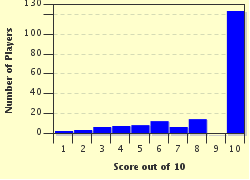
Folk Songs and Songwriters Trivia Quiz
Most of these songs were made famous by other singers, but can you match the song to the songwriter?
A matching quiz
by PDAZ.
Estimated time: 4 mins.
- Home
- »
- Quizzes
- »
- Music Trivia
- »
- Music Mixture
- »
- Folk Music
